The dream of merging human cognition with machines has long been a staple of science fiction, but recent advancements suggest that the line between fantasy and reality is blurring faster than anticipated. From brain-computer interfaces (BCIs) that allow paralyzed individuals to control robotic limbs with their thoughts to experimental DNA-based computing systems that promise unprecedented data storage capabilities, the future is arriving in fragments. Yet, despite the hype, significant hurdles remain before these technologies become ubiquitous. The journey from laboratory prototypes to mainstream adoption is fraught with technical, ethical, and societal challenges that demand careful navigation.
Brain-Computer Interfaces: Bridging the Mind-Machine Gap
Elon Musk’s Neuralink and other ventures like Synchron and Blackrock Neurotech have thrust BCIs into the spotlight. These devices, which decode neural signals to control external hardware, have already demonstrated life-changing potential. Patients with severe spinal injuries have used BCIs to type messages, manipulate prosthetic limbs, and even regain limited mobility through exoskeletons. The technology relies on implantable electrodes that record brain activity, translating intentions into actionable commands. However, the road ahead is far from smooth. Current systems require invasive surgery, carry infection risks, and face limitations in signal resolution and longevity. Non-invasive alternatives, such as EEG-based headsets, lack precision, making them impractical for complex tasks.
The next frontier for BCIs lies in bidirectional communication—not just reading neural signals but writing them back into the brain. Researchers are exploring ways to restore vision for the blind by feeding camera data directly into the visual cortex or reversing memory loss in Alzheimer’s patients. Early experiments with rodents and primates show promise, but scaling these techniques to humans raises ethical dilemmas. Who decides which enhancements are permissible? Could this technology deepen societal inequalities? These questions loom large as the science progresses.
DNA Computing: The Ultimate Biological Hard Drive
While silicon-based computing grapples with physical limits, scientists are turning to nature’s oldest data-storage medium: DNA. A single gram of synthetic DNA can theoretically hold 215 petabytes of data—enough to store every movie ever made in a space smaller than a sugar cube. Companies like Microsoft and Twist Bioscience are already experimenting with DNA archives, encoding everything from classic literature to viral TikTok clips into genetic sequences. Unlike traditional hard drives, which degrade over decades, DNA remains stable for millennia under proper conditions. This makes it an ideal candidate for preserving humanity’s knowledge for future civilizations.
Beyond storage, DNA could revolutionize computation itself. Molecular computers, which use biochemical reactions to solve problems, might one day outperform supercomputers in specific tasks, such as optimizing logistics or cracking encryption. In 2021, researchers at the University of Manchester built a DNA-based neural network capable of recognizing handwritten digits—a rudimentary but groundbreaking step toward organic AI. The catch? Speed. DNA reactions occur in minutes or hours, compared to nanoseconds in silicon chips. For now, hybrid systems that combine DNA’s storage density with conventional processing may offer the most pragmatic path forward.
The Chasm Between Prototype and Reality
Both BCIs and DNA computing face a common bottleneck: scalability. Manufacturing BCIs at scale demands breakthroughs in materials science to create flexible, biocompatible electrodes that avoid immune rejection. DNA synthesis, though cheaper than ever, still costs thousands of dollars per megabyte of encoded data. Error rates in reading and writing DNA sequences also remain problematic. Meanwhile, regulatory frameworks lag behind innovation. The FDA’s recent approval of Neuralink’s human trials marks progress, but global standards for safety and privacy are embryonic at best.
Public perception adds another layer of complexity. Polls reveal widespread unease about brain implants, often fueled by dystopian pop culture portrayals. Convincing people to embrace "cyborg" technologies will require transparent dialogue and demonstrable benefits. Similarly, DNA computing’s association with genetic engineering stirs fears of misuse, such as biohacking or unauthorized data manipulation. Trust-building measures, including open-source algorithms and third-party audits, will be critical.
Convergence and the Long-Term Horizon
Interestingly, BCIs and DNA computing might eventually intersect. Imagine a scenario where neural data is stored in synthetic DNA, creating a backup of human memories—or even consciousness. Far-fetched as it sounds, projects like the EU’s Human Brain Initiative are laying groundwork for such possibilities. The timeline for these convergences remains speculative, but incremental progress is undeniable. By 2030, BCIs could become standard medical tools for paralysis, while DNA storage may see niche adoption in archival fields. Full-fledged DNA computers, however, likely remain decades away.
The sci-fi future isn’t arriving all at once; it’s trickling in, one peer-reviewed paper at a time. What’s certain is that the organizations and nations investing in these technologies today will shape their trajectory—and reap their rewards—tomorrow. For now, the gap between imagination and implementation reminds us that even the most dazzling innovations must pass through the grindstone of reality.
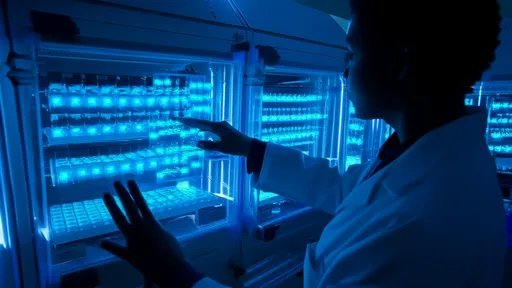
By /Jul 3, 2025
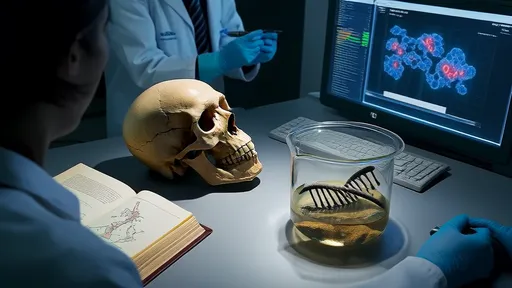
By /Jul 3, 2025
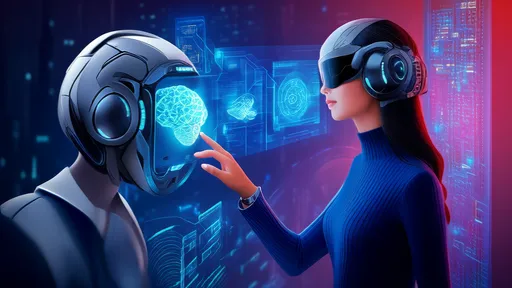
By /Jul 3, 2025

By /Jul 3, 2025
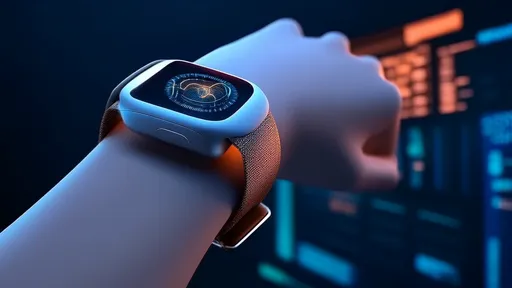
By /Jul 3, 2025
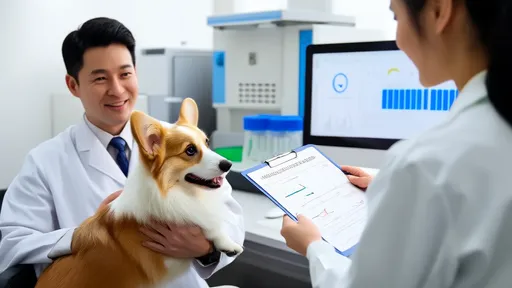
By /Jul 3, 2025

By /Jul 3, 2025
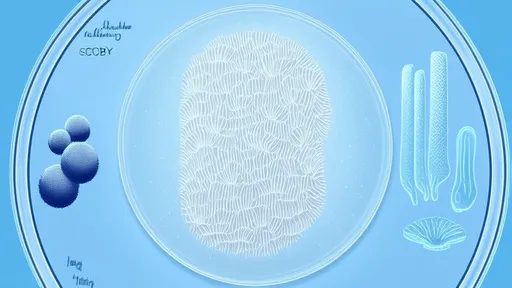
By /Jul 3, 2025
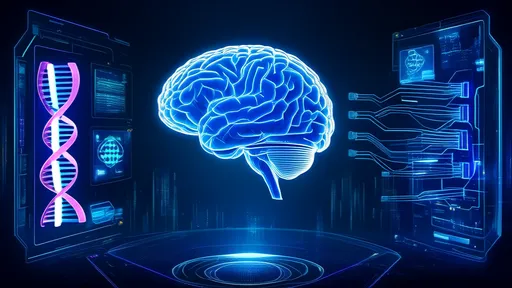
By /Jul 3, 2025

By /Jul 3, 2025
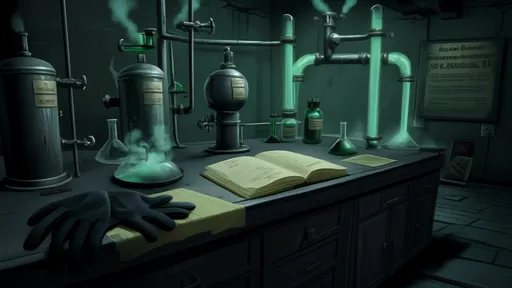
By /Jul 3, 2025
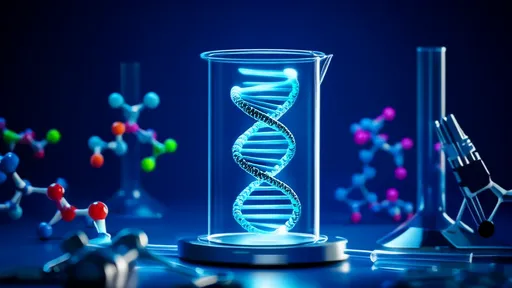
By /Jul 3, 2025
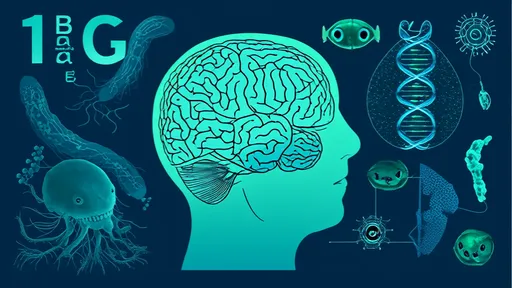
By /Jul 3, 2025
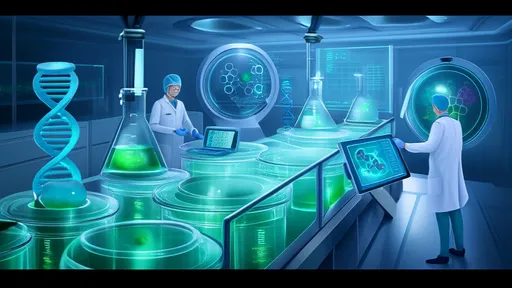
By /Jul 3, 2025
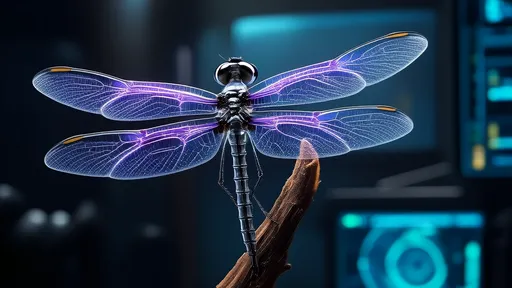
By /Jul 3, 2025
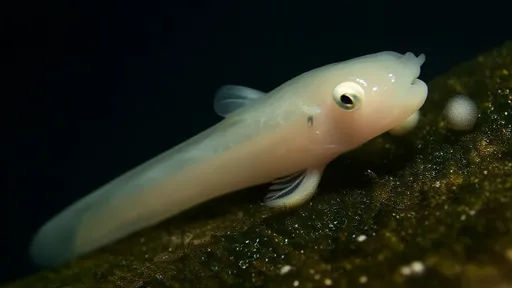
By /Jul 3, 2025
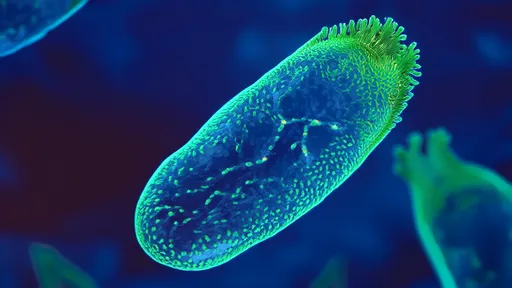
By /Jul 3, 2025
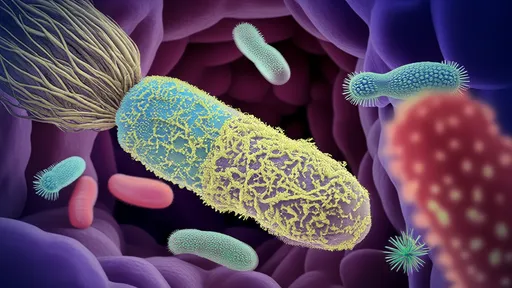
By /Jul 3, 2025
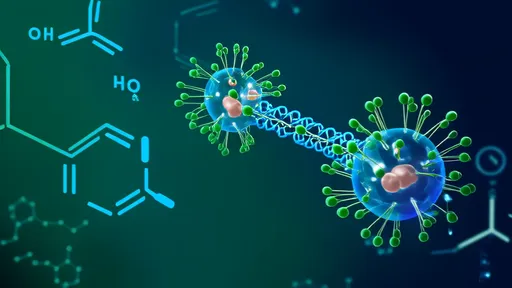
By /Jul 3, 2025
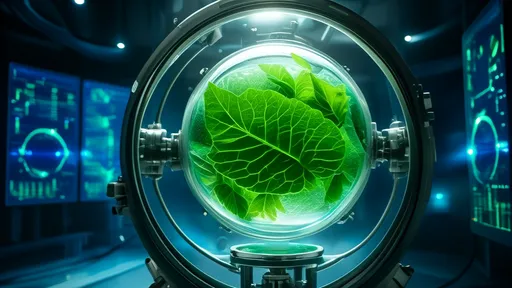
By /Jul 3, 2025